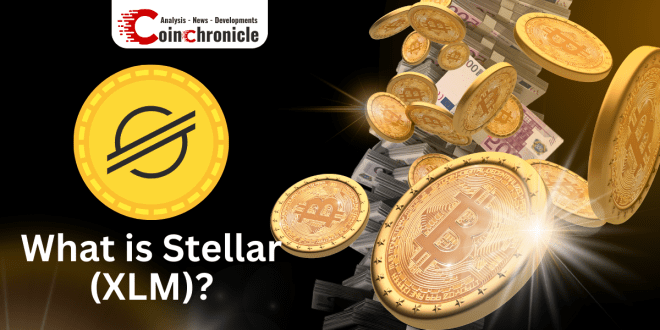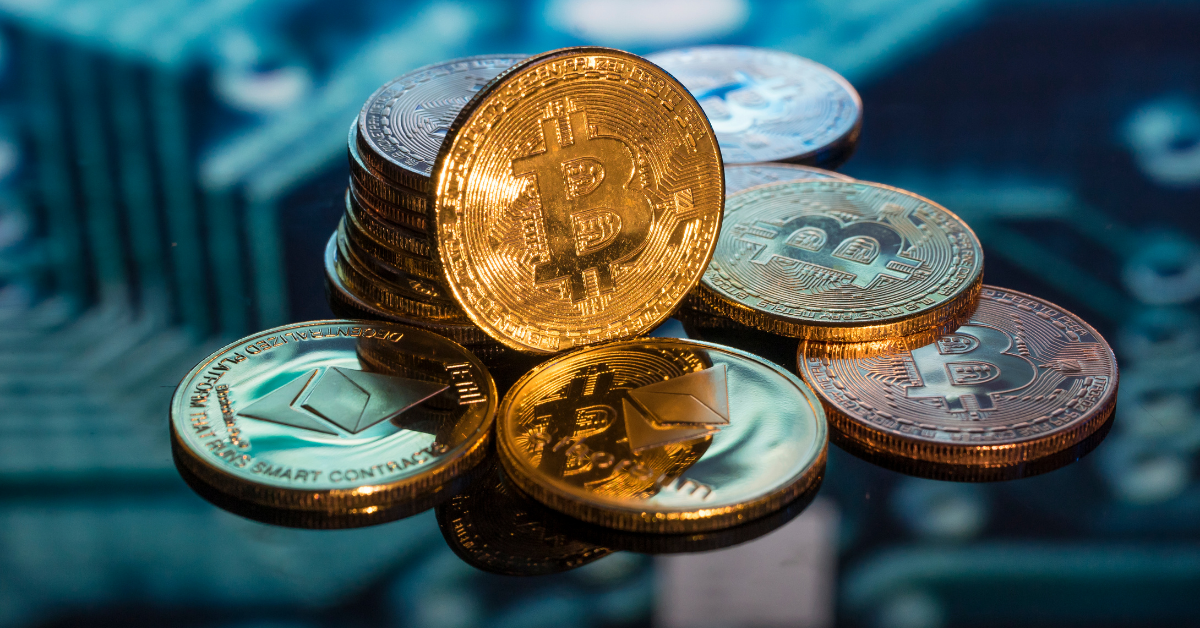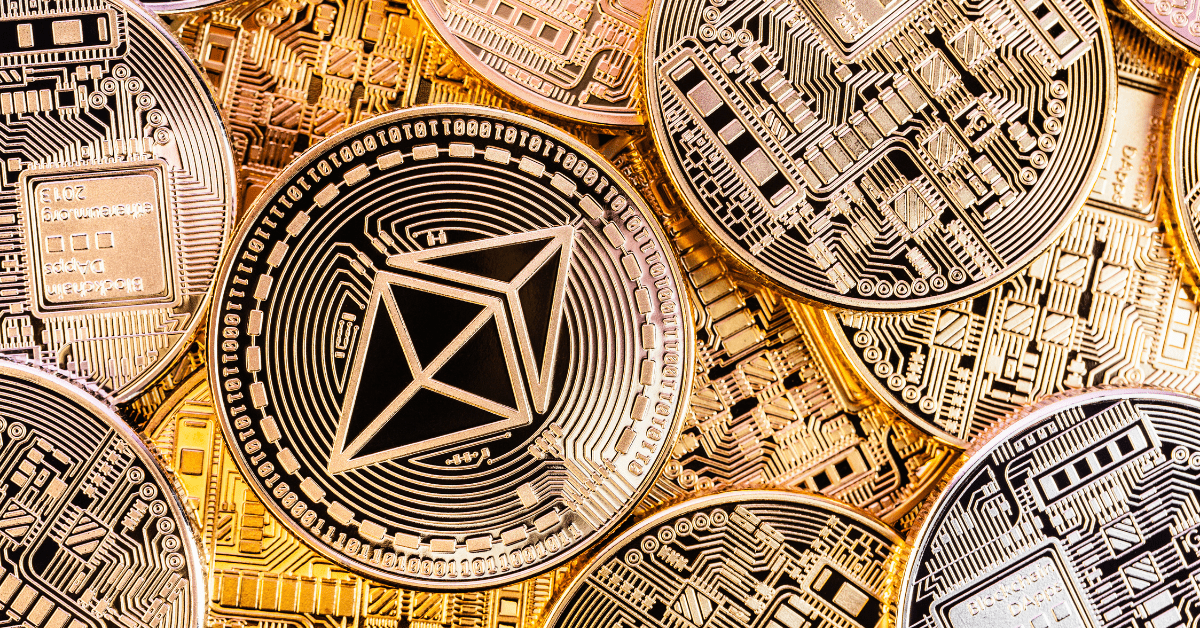Discover the origins and technical mechanics of Litecoin’s blockchain. Learn about investing and real-world applications, and get insights into the future landscape for Litecoin.Are you curious about Litecoin (LTC) and how it works? Look no further, as we delve into this popular cryptocurrency in this comprehensive blog post. From understanding its origins and technical mechanics to exploring the risks and rewards of investing in Litecoin, we cover it all. But that’s not all – we also take a look at real-world applications of Litecoin and what the future landscape may hold for this digital currency. So, whether you’re a seasoned investor or just starting to dip your toes into the world of cryptocurrency, this brief overview of Litecoin will demystify its complexities and provide you with valuable insights. Let’s dive in and uncover the secrets of Litecoin together!
Introduction to Litecoin Cryptocurrency
Litecoin is a peer-to-peer cryptocurrency and open-source software project released under the MIT/X11 license. It was released by Charlie Lee in 2011, with the goal of improving upon the Bitcoin protocol. Litecoin is often referred to as the silver to Bitcoin’s gold and has gained popularity for its faster transaction confirmation times and improved storage efficiency.
One of the key differences between Litecoin and Bitcoin is the hashing algorithm used. While Bitcoin uses the SHA-256 algorithm, Litecoin uses Scrypt. This algorithm is considered more memory-intensive, making it less susceptible to ASIC mining.
Like Bitcoin, Litecoin also operates on a decentralized network and utilizes blockchain technology. It has a maximum supply cap of 84 million coins, which is four times the amount of Bitcoin’s supply cap. This has led to some speculation about whether Litecoin could potentially complement or even replace Bitcoin as a widely used cryptocurrency.
Despite its similarities to Bitcoin, Litecoin has its own unique features and qualities that have contributed to its standing in the cryptocurrency market. With an understanding of its history, technical mechanics, and real-world applications, investors and enthusiasts alike can gain a deeper appreciation for the role Litecoin plays in the future landscape of cryptocurrency.
Origins: Unpacking Litecoin’s Genesis
Litecoin was created in 2011 by Charlie Lee, a former Google engineer. Lee aimed to create a complementary cryptocurrency to Bitcoin, addressing some of the perceived shortcomings of the original digital currency. Lee’s vision for Litecoin was to improve upon the speed and scalability of the Bitcoin network, as well as to create a more accessible and decentralized form of digital money.
The launch of Litecoin on October 13, 2011, marked the beginning of its journey as one of the earliest altcoins in the cryptocurrency market. Lee released the Litecoin client via an open-source client on GitHub, ensuring transparency and community participation in the development process. This open approach was instrumental in establishing Litecoin as a legitimate and trustworthy cryptocurrency from its inception.
One of the key differences between Litecoin and Bitcoin lies in the hashing algorithm used. While Bitcoin uses the SHA-256 algorithm, Litecoin employs Scrypt, which was designed to be more secure against certain types of attacks. This change in algorithm, along with a shorter block generation time and a larger maximum coin supply, positioned Litecoin as a more accessible and versatile alternative to Bitcoin.
As Litecoin continues to evolve and gain adoption, its origins serve as a testament to the innovative spirit of its creator and the enduring potential of alternative cryptocurrencies in the digital landscape.
Technical Mechanics of Litecoin’s Blockchain
When it comes to understanding the technical mechanics of Litecoin’s Blockchain, it’s important to first grasp the concept of a blockchain itself. Put simply, a blockchain is a decentralized digital ledger that records transactions across many computers in such a way that the recorded data cannot be altered retroactively. In the case of Litecoin, its blockchain is a public ledger that contains every transaction ever processed, enabling the cryptocurrency to verify the integrity of its network. This process is essential for maintaining the security and transparency of the Litecoin network.
One of the key technical mechanics of Litecoin’s blockchain is its consensus mechanism, which is based on the proof-of-work algorithm. This means that transactions on the Litecoin network are validated by miners who compete to solve complex mathematical puzzles in order to add a new block to the blockchain. This process not only secures the network against fraud and cyber attacks, but also ensures the decentralization of the network, as no single entity can control it.
Another important aspect of the technical mechanics of Litecoin’s blockchain is its block size and block time. Unlike Bitcoin, which has a block size of 1MB and a block time of 10 minutes, Litecoin has a block size of 4MB and a block time of 2.5 minutes. This results in quicker transaction confirmations and a higher transaction throughput, making Litecoin more suitable for everyday transactions.
Lastly, the technical mechanics of Litecoin’s blockchain also involve its encryption and security features. Litecoin uses cryptographic algorithms such as Scrypt to secure its transactions and protect its users’ privacy. These encryption methods play a crucial role in preventing double-spending and other fraudulent activities on the network.
Investing in Litecoin: Risks and Rewards
When considering investing in Litecoin, it’s important to weigh the potential risks and rewards associated with this form of cryptocurrency. As with any investment, there are both potential gains and potential losses to consider. It’s essential to thoroughly research and understand the market trends and the technology behind Litecoin before making any investment decisions.
One of the risks associated with investing in Litecoin is its volatility. The price of Litecoin, like other cryptocurrencies, can experience significant fluctuations in a short period of time. This volatility can result in substantial gains for investors, but it also poses the risk of significant losses. It’s crucial for investors to be aware of this volatility and to be prepared for the potential for large price swings.
On the other hand, there are potential rewards for those who choose to invest in Litecoin. As the cryptocurrency market continues to evolve, there is potential for significant gains for early adopters of Litecoin. Additionally, the technology behind Litecoin, including its faster transaction times and lower fees compared to Bitcoin, may make it an attractive investment for those seeking a digital currency for everyday transactions.
Ultimately, the decision to invest in Litecoin comes down to individual risk tolerance and investment goals. It’s important for investors to carefully consider the potential risks and rewards of investing in Litecoin, as well as to stay informed about market trends and developments in the cryptocurrency space.
Real-World Applications of Litecoin
One of the real-world applications of Litecoin is in the field of remittances. Many people who work in foreign countries need to send money back home to their families. With traditional remittance services, these individuals are often charged high fees and must wait several days for the money to be transferred. However, with Litecoin, the fees are significantly lower and the transfer time is much faster, making it an ideal solution for cross-border remittances.
Another important application of Litecoin is in the retail sector. More and more merchants are starting to accept Litecoin as a form of payment for goods and services. This is due to the lower transaction fees and faster processing times compared to traditional payment methods. As a result, consumers are able to make purchases more efficiently and at a lower cost when using Litecoin as a payment method.
In addition, Litecoin is also being used in the gaming industry. Gamers can now use Litecoin to purchase in-game items, pay for subscriptions, and even participate in online gambling. This has created a new revenue stream for game developers and has made it easier for gamers to make secure and fast transactions within the gaming environment.
Lastly, Litecoin is also being utilized in the healthcare sector. It is being used to facilitate secure and private data sharing among healthcare providers, as well as for processing payments and transactions related to healthcare services. The use of Litecoin in healthcare helps improve efficiency and reduces the risk of fraud.
The Future Landscape for Litecoin
As we look to the future, the landscape for Litecoin is filled with promise and potential. With technological advancements and increased adoption of digital currencies, Litecoin is positioned to play a significant role in the global financial system.
One key factor in the future of Litecoin is its potential for mainstream adoption. As more and more people become familiar with cryptocurrencies, there is a growing opportunity for Litecoin to be used in everyday transactions. This could lead to increased liquidity and stability for the currency, paving the way for wider acceptance and use.
Additionally, the development and implementation of new technologies such as the Lightning Network are set to further enhance the capabilities of Litecoin. This could lead to faster and more efficient transactions, making Litecoin an even more attractive option for users and businesses alike.
Furthermore, as the cryptocurrency market continues to evolve, there is potential for increased integration of Litecoin into traditional financial systems. This could open up new avenues for investment and trading, leading to further growth and development for the currency.
 Crypto Journal: Analyses, News, and Developments – Coin Chronicle Platform Coin Chronicle is your go-to source in the dynamic world of cryptocurrencies.
Crypto Journal: Analyses, News, and Developments – Coin Chronicle Platform Coin Chronicle is your go-to source in the dynamic world of cryptocurrencies.




